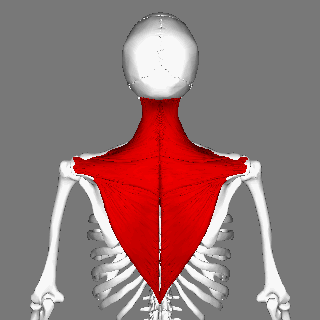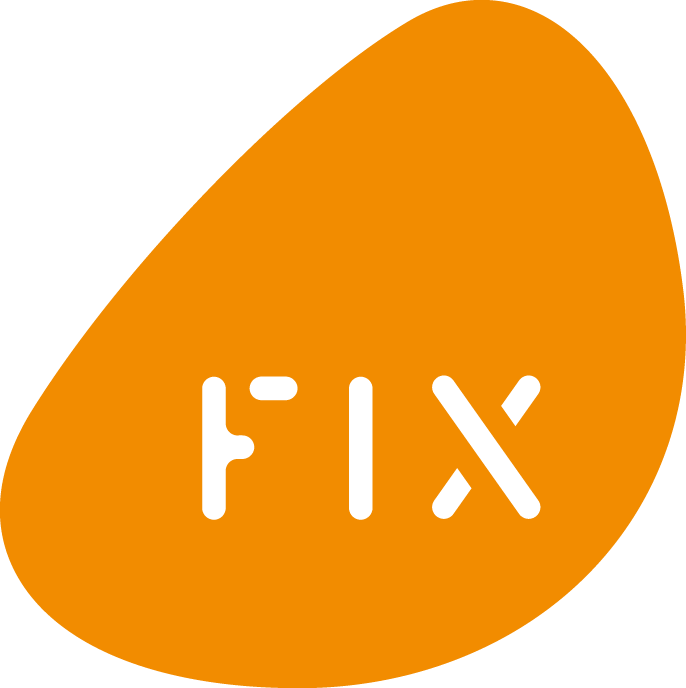FIX MASSAGE THERAPIST, CÉCILE DUMONT HAS PUT TOGETHER SOME SELF-RELEASE TECHNIQUES TO HELP RELIEVE TENSION HEADACHES.
One of the silver linings of the lockdown is that it has brought to our attention how essential daily self-care is and how simple it can be.
Whether it is a 5 min meditation, a couple of targeted stretches, a breathing exercise or a self-massage technique – ideally a combination of it all – it allows us to take a moment to tune in, connect and check-in.
Whether we do it first thing in the morning, take a break from working from home or use it to bring our day to a close, it can positively impact how we’re doing in the short and in the long term. And it sometimes makes a huge difference in how we handle a situation.
We already knew all this pre-COVID – if you’ve come to Fix, chances are your therapist will have given you self-care exercises to complete the progress accomplished during the session. But life was busy, it was difficult to find the time for it, and to keep it going… We’ve all been there.
Now we truly know how much impact a short 15 min self-care routine can have physically and emotionally because we have experienced it for ourselves – we have made the time to commit and noticed the difference.
So hopefully, once things go back to a new normal, this is one of the little gems we can keep in our minds and carry with us – I deserve to look after myself and I can make the time for it. It is worth it. I am worth it.
Here are a few techniques you can use for neck and shoulder pain as well as tension headaches:
Self Trigger Point Release Guidelines
– A trigger point is basically a knot. Look for sore spots in the muscle you’re working on, particularly those that re-create the pain you are experiencing.
– When you find a sore spot, apply pressure (pinching between thumb and knuckles or palm and fingers), wait and hold until you feel the pain start to decrease (usually for 8-12 seconds). It often helps to gently move/stretch while releasing. Follow your body.
– Go back to this point a couple of times until it is no longer tender on palpation.
– The pain you are experiencing from treating the trigger point should not be more than a 6 on a pain scale of 1–10. If the point is more painful than this you need to use less pressure.
—

Sternocleidomastoid (SCM) self-release
How to find it – The SCM is one of your neck muscles. Stand in front of a mirror and rotate your head to one side. You will notice a muscle that pops out at the front of your neck as you do so – it starts at the top of the sternum/clavicle meeting point and goes to the back of your ear.
– Bring your head back to neutral and gently grasp this muscle near its starting point by the ear.
– Gently squeeze the muscle between your thumb and the soft knuckles of your index finger.
– Work the full length of the muscle to the collarbone, treating any trigger points you find following the guidelines above.
—

Scalenes self-release
How to locate them – once you’ve located the SCM, you can easily locate the scalenes as they are just behind it on the side of your neck and go and attach to your top ribs behind your clavicles. In doubt, place your fingers where you think they are and take 3 very sharp and short in-breaths – you should feel them contract under your fingers.
This technique is a ‘Pin and Hold’ approach – with your head in a neutral position, pin or gently hook the fingertips (I’d say 2 or 3 fingers) of your opposite hand at the top of your scalenes, sink in for 30 seconds then slowly tilt your head to the opposite side while travelling down your scalenes. Do not force or push anything. Take your time.
—

Trapezius self-release
How to locate – the trapezius is the big kite-shaped muscle that connects the back of your head to the tip of your shoulder to your mid-back.
Place your hand flat on one side of your chest (fingertips towards the shoulder) then stick your thumb in the hollow gap behind your clavicle hooking it to the front of your trapezius. Grab the muscle belly between thumb and fingers. Shrug your shoulder for 8 to 12 seconds while pinching the muscle and let the shoulder gently drop back down. Repeat 2 or 3 times. If you find a knot, you can switch to using your first two fingers only or even a massage ball if you have one.
—
Fascial stretch for the pecs and ribcage
Skin on skin, place the fingertips of both hands on each side of your sternum. Take a moment to focus on your breathing, relax your shoulders, drop your elbows. Give yourself time to gently sink into the tissues there while focussing on your breathing. When you feel you’ve reached a good connection, take a deep breath in and as you breathe out, use your fingertips to draw the tissues away from your sternum and towards your shoulders.
Then, place one hand flat on the opposite side of your chest and let it sink in. Once you have a good connection, you can start extending the arm of the side of your working on to open up the chest and you can take it towards the back of the room. You can also engage your neck with a side-tilt in the opposite direction.
